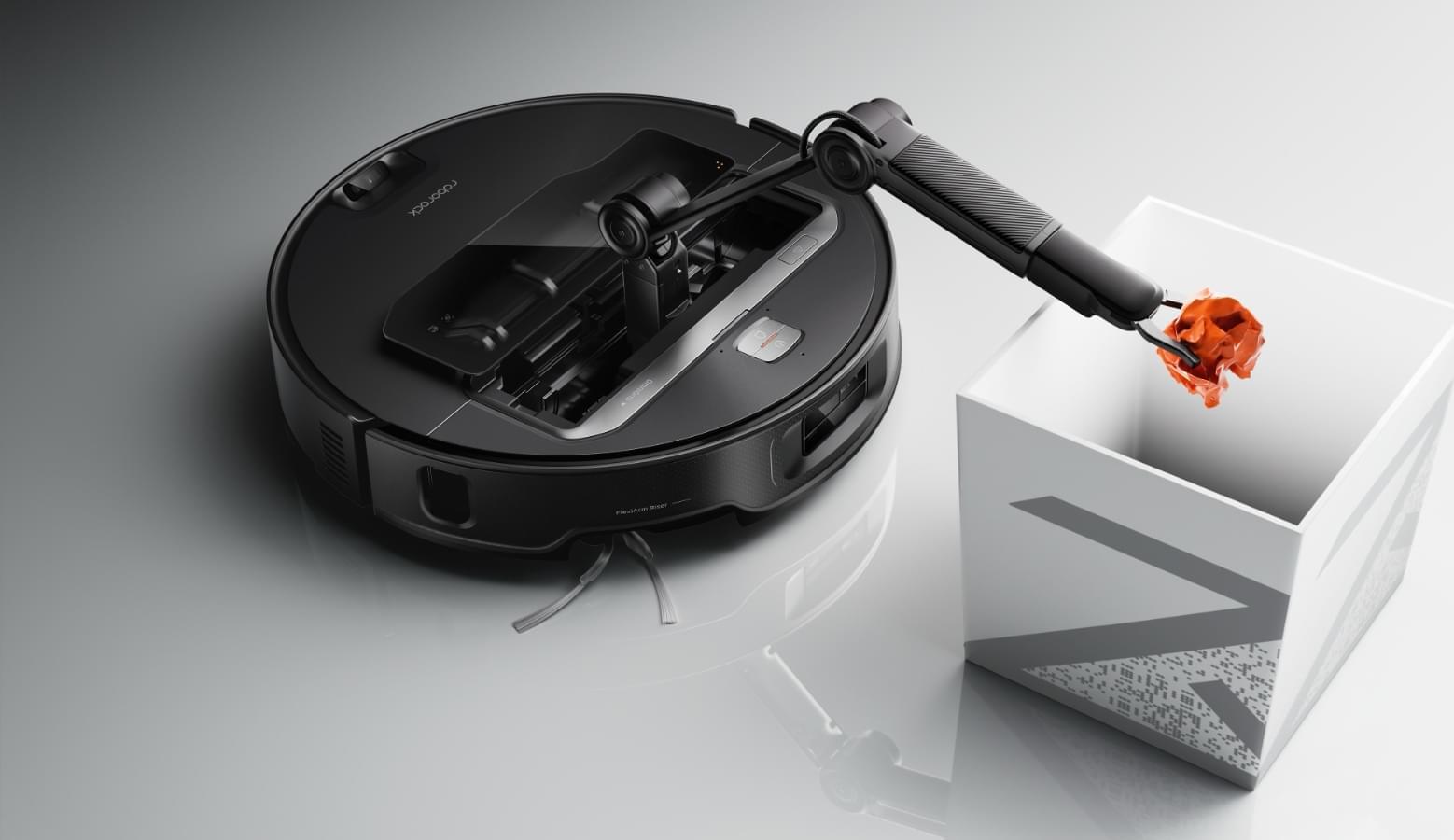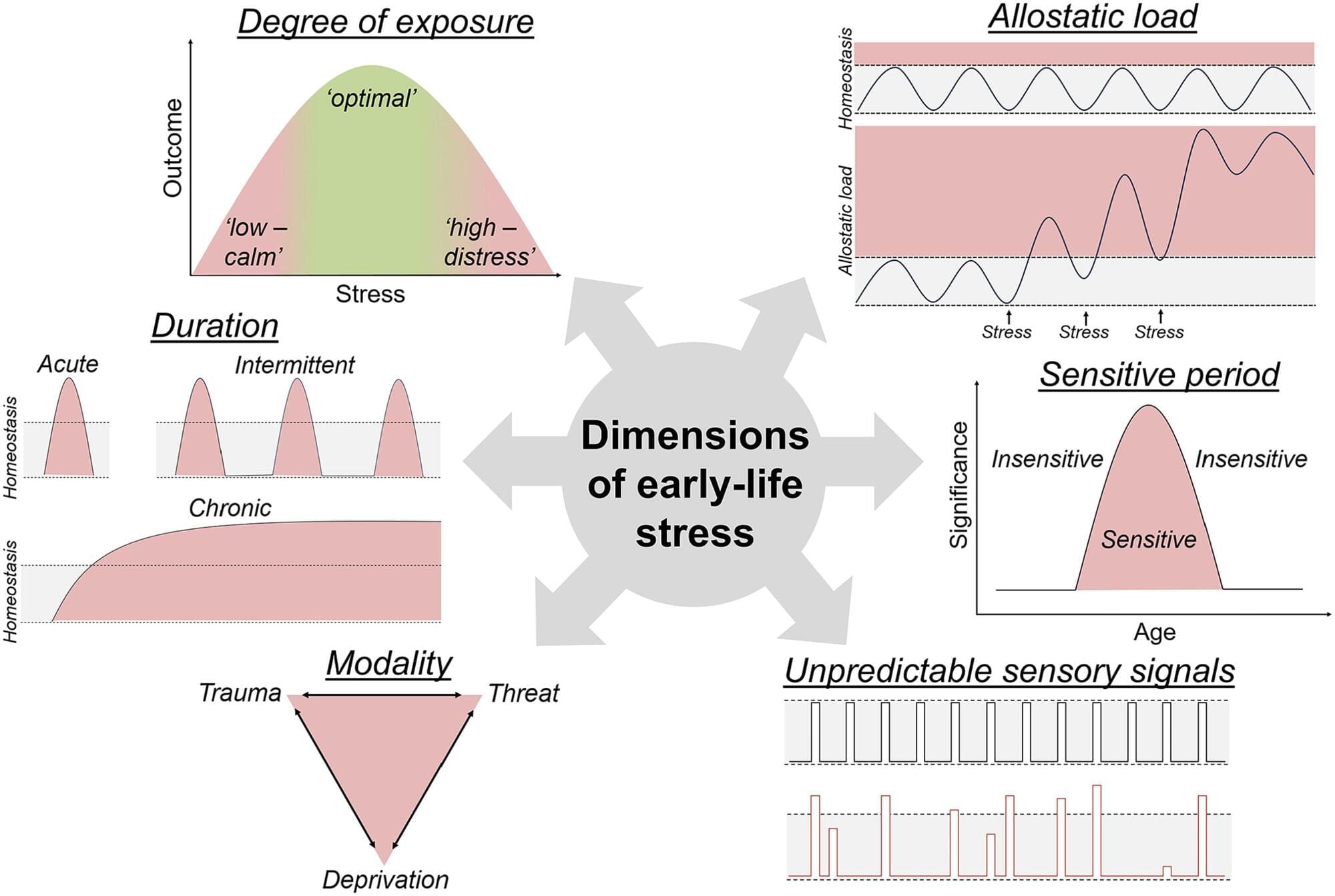Daniele Oriti’s pursuit of a theory of quantum gravity has led him to the startling conclusion that the laws of nature don’t exist independently of us – a perspective shift that could yield fresh breakthroughs




Unveiled at CES 2025, Roborock’s innovative robot vacuum with an arm, Saros Z70, is now available as a pre-order bundle in the US store. According to the company, consumers can get the Saros Z70 for $1,899 with another Robocok product. This device’s availability is expected in early May.
Roborock previewed the Saros Z70 to BGR a little before its official announcement at CES, and the company’s view for the future of the robot vacuum segment future is impressive. Roborock says the Saros Z70 features a foldable robotic arm with five axes that can deploy itself to clean previously obstructed areas and put away small items such as socks, small towels, tissue papers, and sandals under 300g.
While I can understand the appeal of the robot vacuum going a step further–I think the ability to climb different areas is more interesting with the latest Roborock Qrevo Curv and Saros 10R –it feels a bit too much not removing your dirty socks from the floor; you know?

The XPRIZE Design Studio is an annual opportunity for anyone, anywhere, to share their vision for a potential prize competition at XPRIZE. It will run from February 18 – April 15, 2025.
The XPRIZE Design Course can be completed in just over one hour and exited at any time. Each submission will be carefully reviewed by domain experts and weighed against the need for innovation in the chosen area. After submission, you will receive an email confirmation of your entry along with a short survey to provide your feedback. Successful ideas will proceed to the next step in the XPRIZE design process.
*for more information on how to get started click on the link*.
Tell XPRIZE how you want to improve the world.

Researchers from Kyoto University have achieved a significant advancement in materials science by developing the world’s first three-dimensional van der Waals open frameworks (WaaFs). This innovation challenges the conventional belief that van der Waals interactions are too weak for open framework materials, demonstrating their potential for stable and highly porous materials.
Published in Nature Chemistry, the study presents a strategy using octahedral metal-organic polyhedra (MOPs) as building blocks to construct WaaFs. These frameworks exhibit high thermal stability, exceptional porosity, and reversible assembly, opening new avenues for applications in gas storage, separation, and catalysis.
WaaFs utilize van der Waals interactions, which were previously considered too weak, to form robust three-dimensional frameworks. These structures maintain their integrity at temperatures up to 593 K and achieve surface areas exceeding 2,000 m2/g, making them highly stable and efficient for various industrial applications.
New research from India has made it 10 times cheaper to construct buildings on-site using a 3D printer.
A report from The Better India highlights the work of Dr. Pradeepkumar Sundarraj, who built the Kelvin6K Pro. It’s India’s first on-site construction 3D printer that can build a 2,500-square-foot home in less than 30 days.

Early-life adversity affects more than half of the world’s children and is a significant risk factor for cognitive and mental health problems later in life. In an extensive and up-to-the-minute review of research in this domain, scholars from the University of California, Irvine illuminate the profound impacts of these adverse childhood experiences on brain development and introduce new paths for understanding and tackling them.
Their study, published in Neuron, examines the mechanisms behind the long-term consequences of childhood stress (adversity). Despite extensive research spanning over seven decades, the authors point out that significant questions remain unanswered. For example, how do adults—from parents to researchers—fully comprehend what is perceived as stressful by an infant or child?
Such conceptual queries, as well as the use of cutting-edge research tools, can provide a road map, guiding experts toward developing innovative methods and providing solutions to this pressing mental health issue.

In a comprehensive experimental study, an international team of researchers has confirmed the calculations of a leading turbulence simulation code to an unprecedented degree. This marks a major breakthrough in understanding turbulent transport processes in nuclear fusion devices.
The study has now been published in the journal Nature Communications and lays a crucial foundation for predicting the performance of fusion power plants.
Future fusion power plants aim to generate usable energy efficiently by fusing light atomic nuclei. The most advanced approach—magnetic confinement fusion—confines a plasma, a gas heated to millions of degrees Celsius, within a magnetic field. This plasma is suspended without wall contact inside a donut-shaped vacuum chamber.

A fresh deal is expected to streamline and speed up production of hypersonic, solid rocket motors in the United States. Ursa Major, a Colorado-based firm has partnered with Palantir to use the latter’s Warp Speed manufacturing OS technology.
The advanced software is expected to streamline Ursa Major’s rocket propulsion manufacturing process.
It can also be the company’s digital backbone to deliver innovative, cost-effective, and mission critical hardware using advanced manufacturing methods at higher and faster rates.
Scientists from the Beijing-based NOETIX Robotics have developed a new meter-tall humanoid robot that is capable of performing near-perfect continuous backflips. Called the NOETIX N2, this 4.2 foot tall robot features innovative hardware to ensure stability while performing the feat.
According to Jiang Zheyuan, technical leader of the development team, performing a backflip is harder compared to a frontflip as human feet are longer in the front. To enable the robot’s backflip action faultlessly, the team came up with innovative hardware designs to ensure the robot’s stability. For example, the heavy joints of the humanoid’s limbs are placed closer to its crotch to make it easier to rotate in the air.